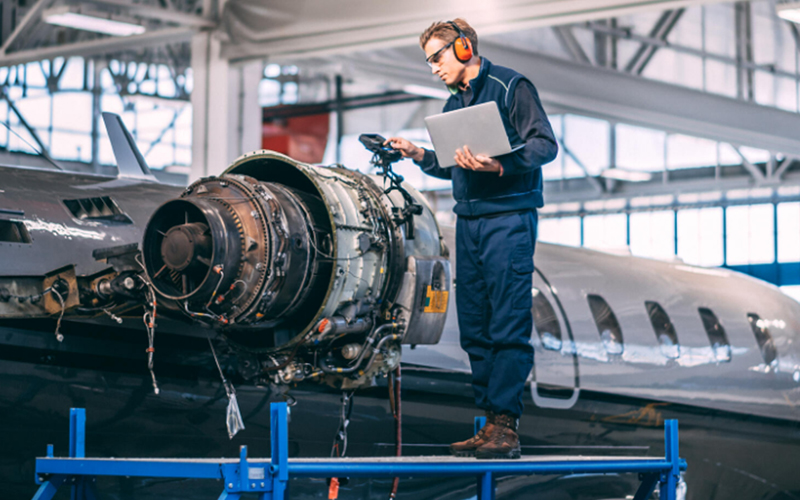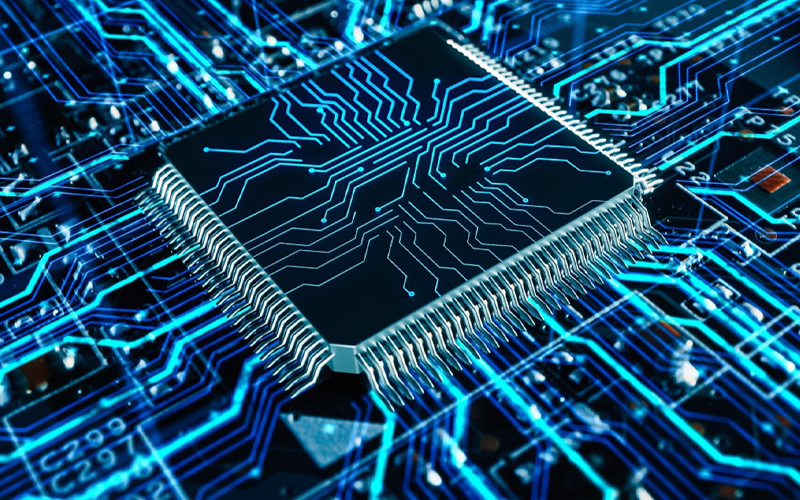In recent years, there has been a lot of noise in the financial services industry, which is enduring a digital transformation revolution. Process automation using digital levers and tools is the vanguard of this change. This automation is mainly performed by two technologies: Robotic Process Automation (RPA) and Artificial Intelligence (AI). These technologies potentially revolutionise the way financial institutions are doing their business. However, there is often confusion about using RPA and AI, while both offer significant benefits, each has its own pros and cons. Choosing the right one for your specific process needs can be unclear and confusing. The purpose of this blog is for a beginner in automation to demystify RPA and AI in financial automation and discover how they complement each other.
Talking about RPA
RPA is a technology that uses software robots or "bots" to automate rule-based and repetitive tasks. These bots can imitate human actions and interact with multiple systems and applications to perform activities like data entry, data validation, and report generation such as invoice processing, account reconciliation, and compliance reporting. RPA is typically used to automate manual processes and improve operational efficiency and accuracy. On the other hand, AI refers to the simulation of human intelligence into machines that are programmed to think, understand, and learn like humans. AI technologies, such as machine learning (ML) and natural language processing (NLP), enable computers to analyse large volumes of data, make predictions and decisions based on their learning capability, and perform complex tasks. AI can be used to automate cognitive tasks, such as data analysis, and decision-making, and in handling customer services such as analysing financial data, detecting anomalies, predicting market trends, and supplying personalised recommendations to customers.
It is incredibly important to choose which automation lever needs to be used or implemented, depending on the range of factors:
- Process complexity: Understanding the process requirement and its complexity.
- Data availability: Ensuring that relevant data sets and data volumes are available.
- Technical knowledge: In-house technical ability to process data is linked to the ease of implementation.
- Implementation cost: Considering the upfront and ongoing budget for implementing the technology.
- Future automation: A collaborative approach to upgrade or integrate more levers.
Future of AI-powered RPA
With financial institutions continuing to embrace AI-powered RPA, the future holds exciting possibilities. Imagine further efficiencies, smarter decision-making, and enhanced customer experiences. The evolving relationship between AI and RPA promises a dynamic landscape for financial automation. In this digital age, where data flows ceaselessly, RPA and AI stand as powerful allies, reshaping the financial landscape. The best approach often involves combining the functionality of RPA and AI. RPA manages the repetitive tasks, and AI tackles the complex stuff, thus making it a Hybrid Automation that uses the strengths and capabilities of both technologies for maximum efficiency and intelligence.
Working together RPA and AI can complement each other in financial services automation. RPA can be implemented to supply a foundation for AI-powered solutions. RPA bots can collect and process data from various application sources, and then transfer the structured data to AI algorithms for analysis and decision-making. This collaboration of RPA and AI can significantly improve the speed and accuracy of financial processes.
Moreover, RPA can also receive help from AI technologies. AI can be used to enhance the capabilities of RPA bots by enabling them to learn and adapt to new situations. AI algorithms can train RPA bots to recognise patterns in data and make decisions based on them. This can make the RPA bots more intelligent and capable of handling complex tasks requiring cognitive abilities.
Another area where RPA and AI can work together is in customer service. RPA bots can automate routine customer service tasks, such as answering FAQs and managing simple transactions. AI-powered chatbots can be integrated with RPA bots to supply more personalised and intelligent customer service. The AI-powered chatbots can understand natural language, evaluate customer queries, and supply relevant and exact responses. This combination of RPA and AI can improve customer satisfaction and reduce the workload on human customer service agents.
In conclusion, RPA and AI are two distinct technologies that have different capabilities but can work together to revolutionise financial automation. Constructive collaboration between RPA and AI can significantly improve operational efficiency, reduce costs, and enhance the overall customer experience.
There is a saying that automation is a journey, not a destination. There is always plenty to experiment, explore, and discover to arrive at the best combination of RPA and AI that can empower the financial automation process.







